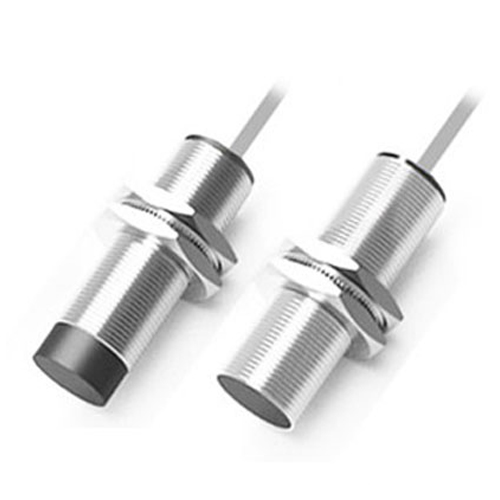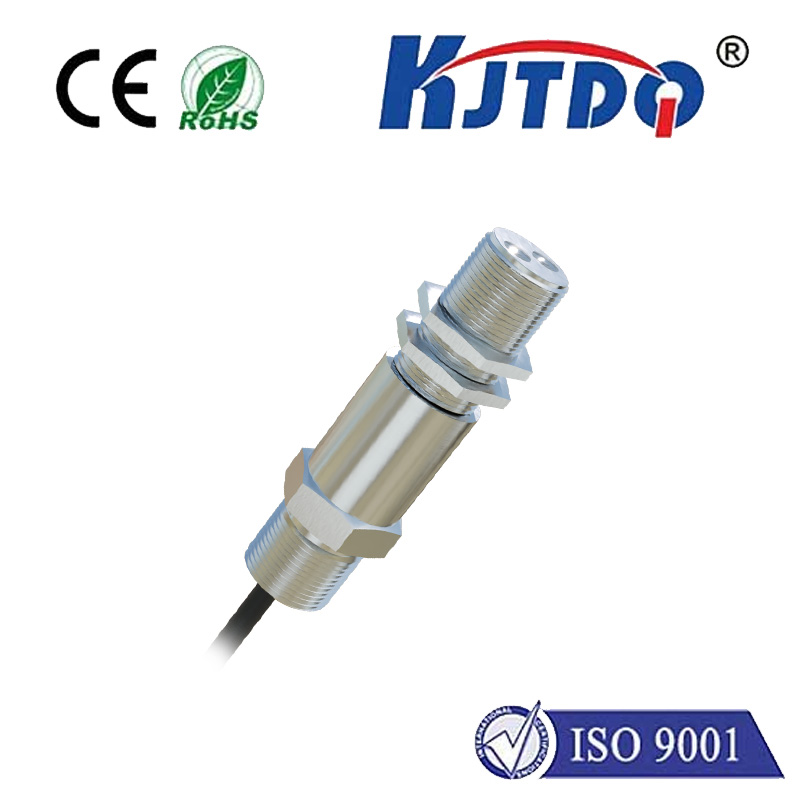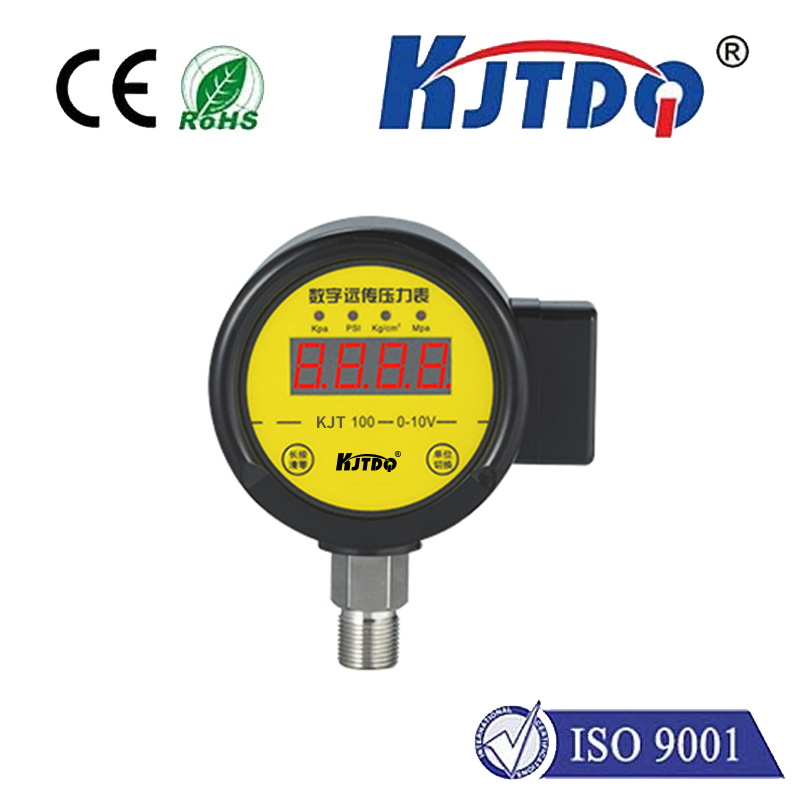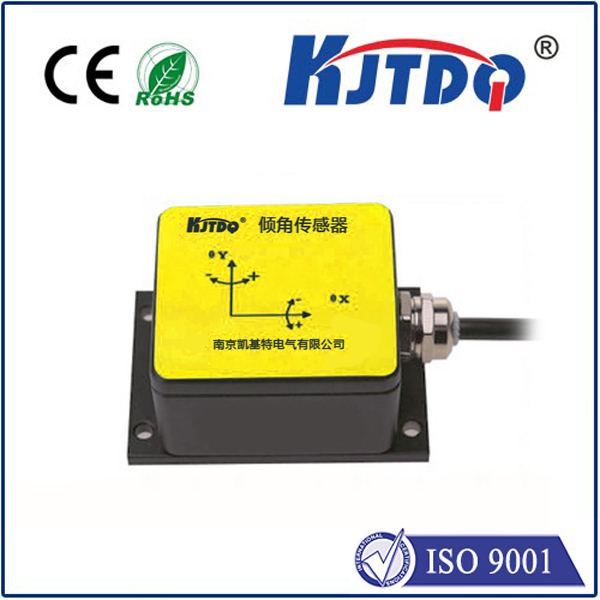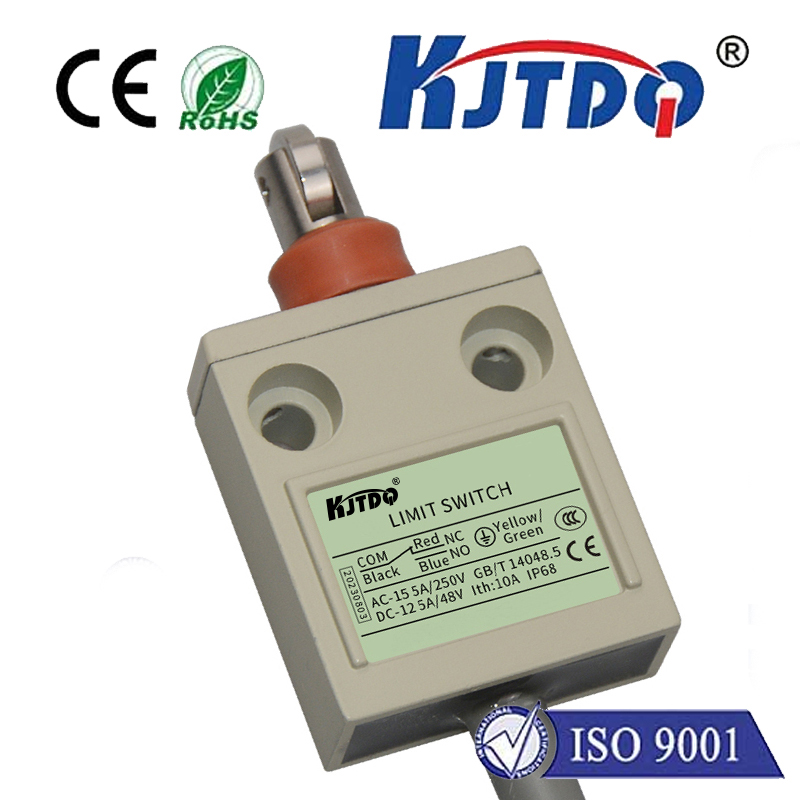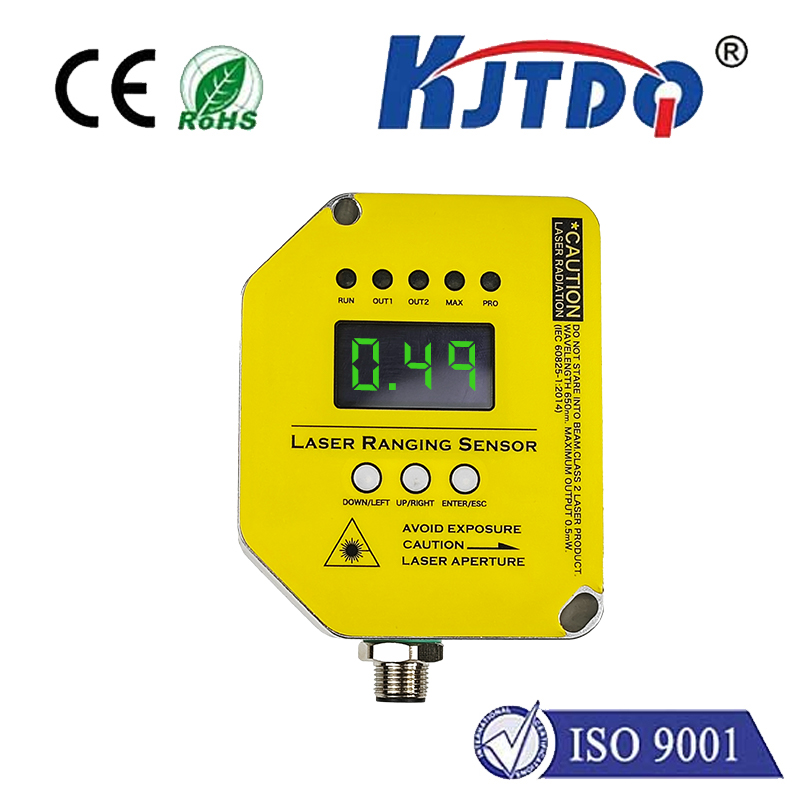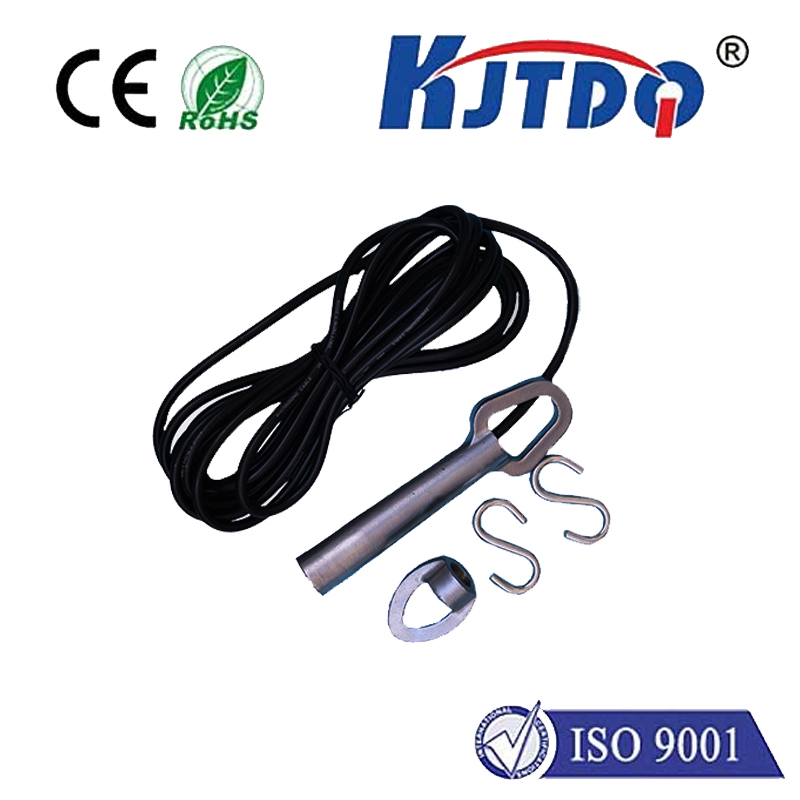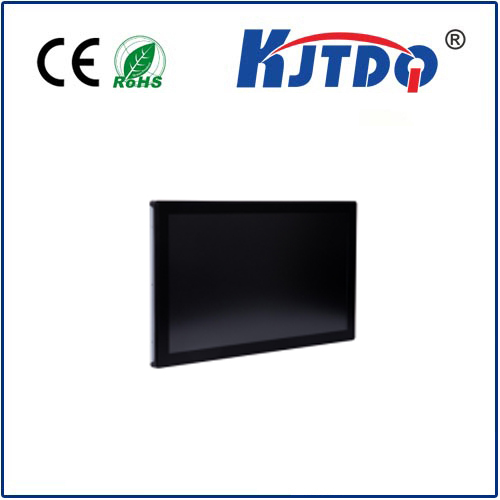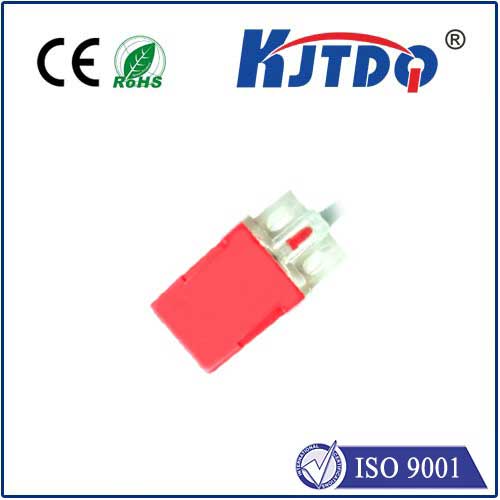Функция датчика приближения
- time:2025-07-20 08:16:25
- Нажмите:0
Proximity Sensor Function: The Invisible Touch in Our Technological World
Title: Understanding Proximity Sensor Function: How Objects Are Detected Without Contact
Ever wonder how your smartphone screen magically turns off when held to your ear during a call? Or how automatic faucets sense your hands without a single drop of water touching them? Or how factory robots navigate complex tasks without constantly bumping into things? The invisible force enabling these feats, and countless others, is the датчик приближения. Understanding the Функция датчика приближения (function) is key to appreciating its pivotal role in modern technology, silently enhancing safety, efficiency, and user interaction across diverse fields.
The Core Principle: Non-Contact Detection
At its heart, a proximity sensor is a device crafted to detect the presence or absence of a nearby object without requiring physical contact. This fundamental non-contact sensing capability is its defining characteristic. Instead of mechanisms like physical switches, proximity sensors rely on changes in an electromagnetic field, beam of light, or sound wave. When a target object enters the sensor’s defined detection zone, it causes a measurable disturbance in the generated field or signal. The sensor’s electronics then process this disturbance and convert it into a clear, usable output signal, typically an electrical switch (ON/OFF) or a proportional analog signal indicating distance.
Demystifying the Working Principle
The proximity sensor function hinges on electromagnetic or energy field interactions. Each major type employs a distinct physical principle to achieve non-contact object detection:
- Inductive Proximity Sensors:
- Principle: Generate an oscillating electromagnetic field using a coil.
- Detection: When a ferrous metal (like iron or steel) target enters this field, it induces small eddy currents on the metal’s surface. These currents absorb energy from the sensor’s coil, causing a measurable change in the oscillation amplitude (damping effect) or frequency.
- Output: The sensor detects this change and triggers an internal electronic switch (solid-state transistor).
- Key Use: Dominant in industrial automation for detecting metal parts (machine tooling, conveyors, robots), position sensing, and counting metallic objects. Their robustness makes them ideal for harsh environments. Keywords: inductive proximity, metal detection, eddy currents.
- Capacitive Proximity Sensors:
- Principle: Operate by generating an electrostatic field between two electrodes (one often being the sensor face itself).
- Detection: Any object (metal, plastic, wood, liquid, powder, even human tissue) entering this field alters its capacitance. The sensor detects this change in the electrostatic field strength.
- Output: Similar to inductive sensors, this change triggers a switching output.
- Key Use: Ideal for detecting non-metallic materials, liquid levels (through tank walls), granular substances, and presence sensing where the target is non-metallic. Found in assembly lines, food processing (detecting plastic bottles), and touch-sensitive controls. Keywords: capacitive proximity, non-metallic detection, level sensing.
- Optical Proximity Sensors (Photoelectric Sensors):
- Principle: Utilize light (usually infrared LED) and a receiver (phototransistor or photodiode).
- Detection Methods:
- Through-Beam: Transmitter and receiver are separate units. Detection occurs when an object breaks the light beam.
- Retroreflective: Transmitter and receiver in one unit, relying on a reflector. Detection occurs when an object blocks the reflected beam.
- Diffuse (Proximity Mode): Transmitter and receiver in one unit. Detection relies on the object reflecting emitted light back to the receiver. Effective distance depends on the object’s reflectivity.
- Output: Signals when the received light level crosses a preset threshold.
- Key Use: Extremely versatile for detecting objects at greater distances than inductive/capacitive sensors, regardless of material (though reflectivity matters), object counting, web break detection, and packaging lines. Keywords: optical proximity, photoelectric sensor, light beam.
- Ultrasonic Proximity Sensors:
- Principle: Emit high-frequency sound waves (ultrasound) and measure the time-of-flight for the echo to return.
- Detection: An object within the sound cone reflects the waves back to the sensor. The sensor calculates distance based on the time taken for the echo to return.
- Output: Can provide a simple switch (object within range) or an analog output proportional to distance.
- Key Use: Excellent for distance measurement, detecting objects with varied surfaces (including transparent ones), liquid level monitoring, and applications where optical sensors might struggle due to dust, fog, or lighting conditions. Used in parking sensors, tank level control, and automated guided vehicles (AGVs). Keywords: ultrasonic proximity, time-of-flight, distance measurement.
The Essential Output: Regardless of the underlying technology, the core proximity sensor function materializes as a control signal. This output tells a larger system: “An object is/not here” (discrete switching) or “The object is this far away” (analog output). This simple binary or proportional information forms the bedrock upon which countless automated processes and smart interactions are built.
Why Are Proximity Sensors So Pervasive? The Key Advantages
- Non-Contact Operation: Eliminates wear and tear associated with mechanical switches, ensuring longer lifespan and higher reliability. No physical contact means no damage to fragile targets or the sensor itself.
- High Speed and Reliability: Capable of incredibly fast detection cycles (thousands of times per second), making them perfect for high-speed assembly lines and robotics. Their solid-state nature offers dependable performance with minimal maintenance.
- Resilience in Harsh Environments: Many types (especially inductive) are built to withstand demanding industrial settings – resistant to dirt, dust, moisture, vibration, and chemicals.
- Versatile Sensing Options: Different technologies cater to diverse target materials (metal, plastic, liquids, biological) and detection requirements (presence, absence, distance).
- Enabling Automation and Safety: Foundational components in industrial automation, robotics safety systems (e.g., emergency stops triggered by presence), and process control. They form the “senses” for automated machinery.
From Factories to Your Phone: Diverse Applications
The proximity sensor function is ubiquitous, silently working behind the scenes:
- Consumer Electronics: Screen blanking during calls (saves power), automatic screen rotation, touchless gesture control.
- Automotive: Parking assistance (ultrasonic), collision avoidance systems, rain-sensing wipers, keyless entry/ignition.
- Промышленная автоматизация: Machine safety guarding, object counting, position sensing on conveyors, robotic end-effector positioning, automated assembly line control, level monitoring in tanks/silos.
- Appliances: Automatic faucets and soap dispensers, touchless flush toilets, hands-free appliance activation.
- Security: Intrusion detection, automatic lighting, touchless access control.
- Medical Devices: Non-contact patient monitoring, fluid level detection in IV systems, robotics assistance. Keywords: proximity sensor applications, industrial automation, consumer electronics sensing.
Conclusion: The Unseen Enabler
The proximity sensor function – detecting objects without contact – is a cornerstone technology in the modern world. By harnessing principles of electromagnetism, light, and sound, these versatile devices provide the critical presence or distance data that powers automation, enhances safety, improves efficiency, and creates intuitive user interfaces. From the smartphone in your pocket to the sophisticated robots building cars, proximity sensors are the invisible guardians and facilitators, continuously interacting with the physical world to make our technology smarter, safer, and more responsive.
